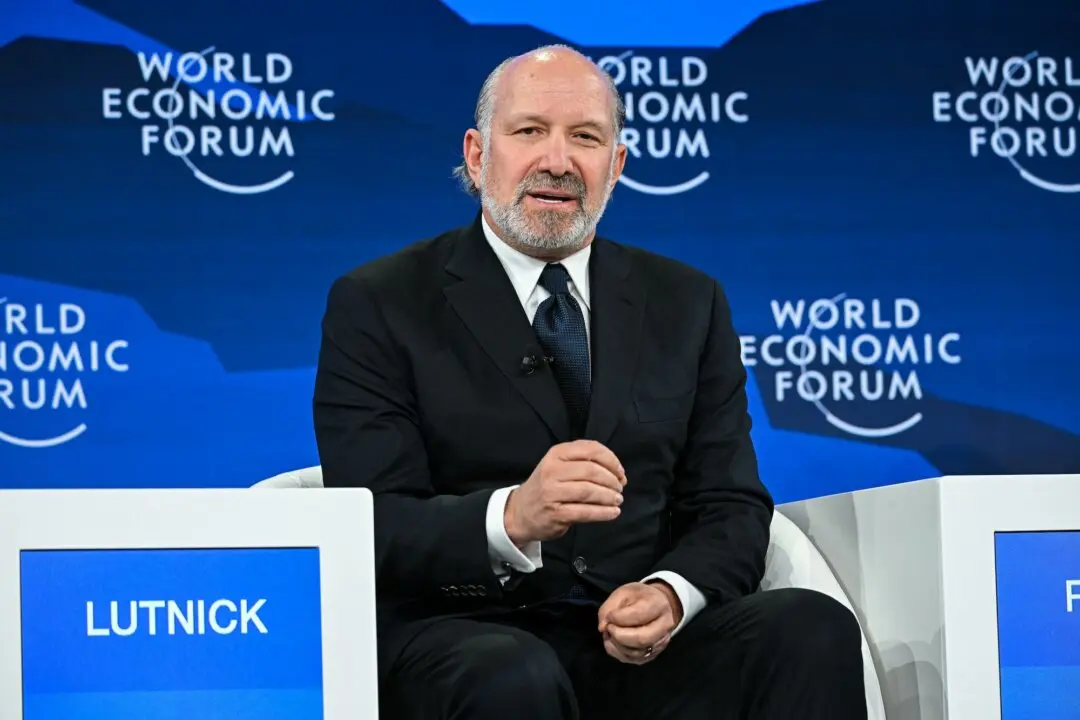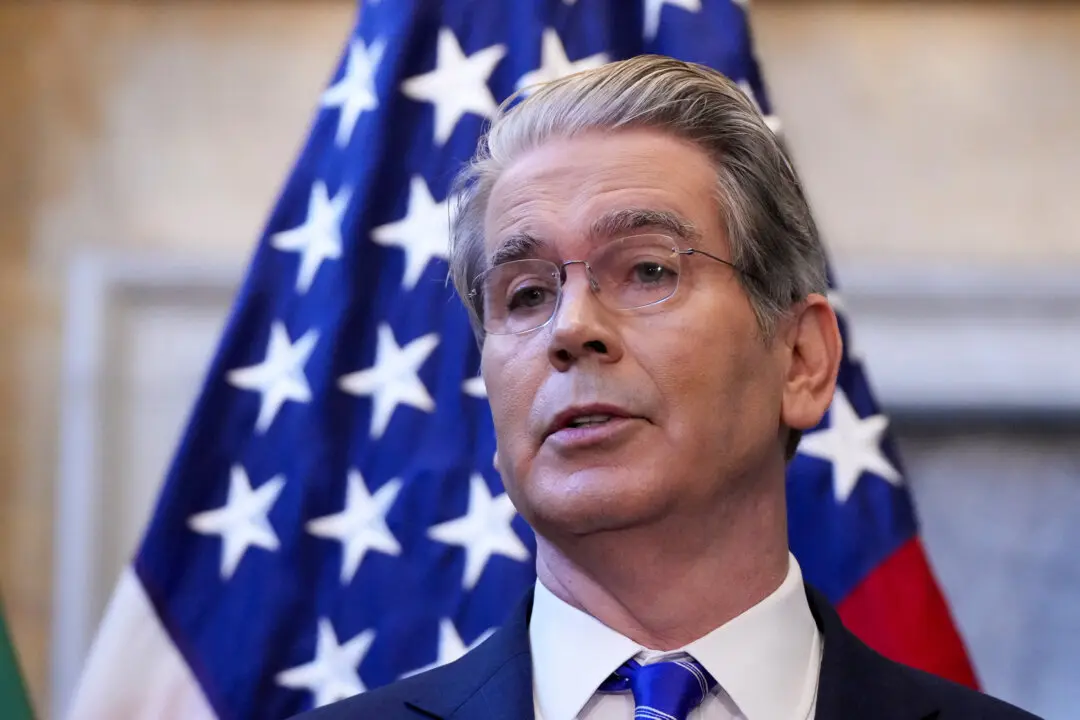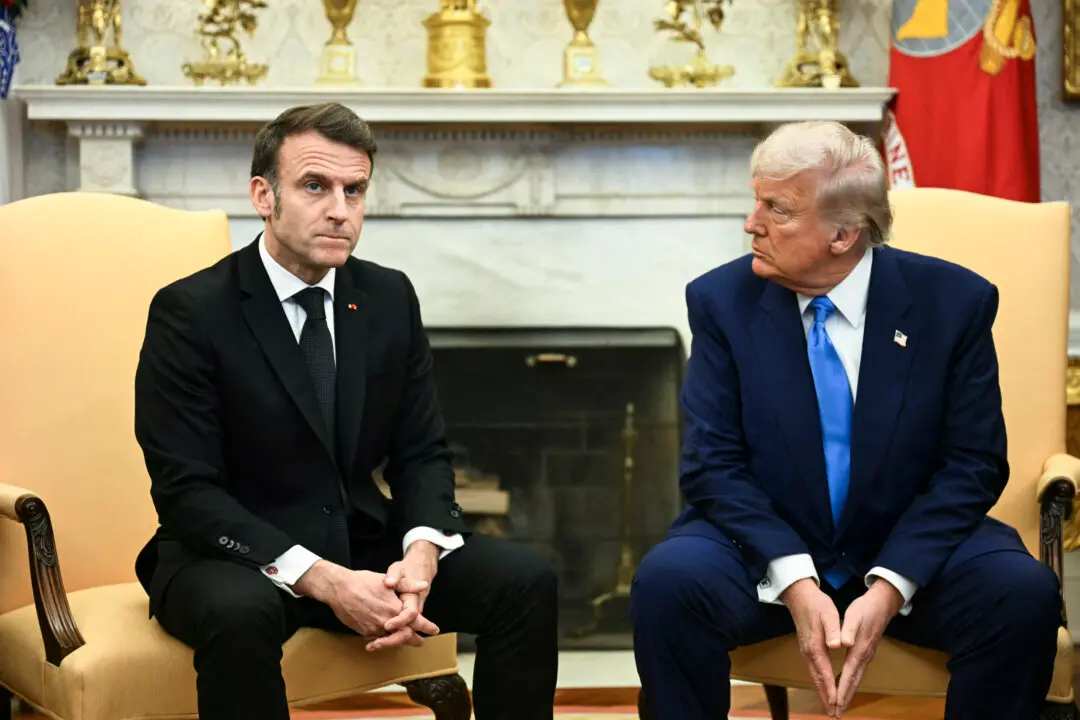Paul Krugman, Nobel-prize winning economist and New York Times columnist, has conceded that his prediction that the inflationary wave now battering American households would be benign was wrong and he “didn’t see the current surge coming,” though he continues to see the upward price pressures as “transitory.”
Krugman made the admission in a series of posts on Twitter, which come days after Labor Department data showed consumer price inflation vaulted to an over-the-year 6.2 percent in October, the highest pace in nearly 31 years.





